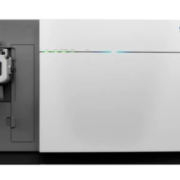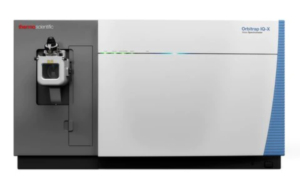Thermo Fisher Scientific unveils Mass Spectrometer designed for small molecule analysis
Small molecule researchers in academia, pharmaceutical, and biopharmaceutical industries can now use a new, intelligent mass spectrometer (MS) to reveal complex chemical structures with confidence, ease and experimental versatility.
The Thermo Scientific Orbitrap IQ-X Tribrid mass spectrometer has been designed specifically for small-molecule structural elucidation of metabolites and unknown compounds. The wide range of applications include metabolomics and lipidomics research, leachable/extractable impurities identification and forensic toxicology. The MS system provides a fit-for-purpose, new AcquireX workflow enabled by the trusted Thermo Scientific Tribrid architecture to acquire high-quality data. Performance is enhanced by a new Met-IQ workflow that leverages real-time library search with on-the-fly intelligent MS² spectral matching for decision-based triggering of MSⁿ scan events, providing higher confidence for chemical annotation.
“Along with the enhanced intelligence-based data acquisition, the Orbitrap IQ-X Tribrid MS also uses the new Auto-Ready ion source for automated, remote, and walkaway-calibration enabling the researcher to spend more time obtaining results and less time on instrument setup. Traditionally, ultra-high resolution and accurate mass calibration has been challenging and time consuming. The new system offers researchers higher sample throughput with increased ease-of-use,” said Iain Mylchreest, vice president, research and development, analytical instruments, Thermo Fisher Scientific.
The Orbitrap IQ-X Tribrid MS utilizes enhanced Thermo Scientific AcquireX workflows for increased sample throughput and ease-of-use. The MS system provides improved fragmentation for small-molecule analysis with options to add to the platform’s experimental flexibility. An ultraviolet photodissociation (UVPD) option provides insights on the lipid double-bond localization, site specific glucuronidation, and complementary fragmentation for structure assignment while the 1,000,000 (1M) resolution option improves confidence for unknown analysis and fine isotope detection.
- For more information, visit: www.thermofisher.com/OrbitrapIQ-X




